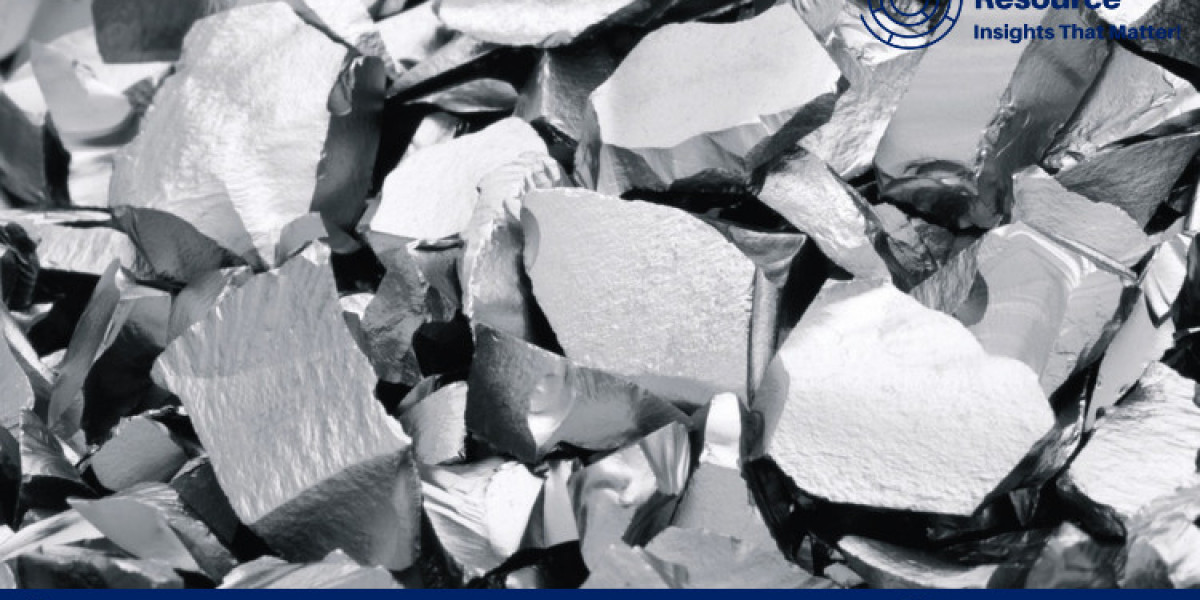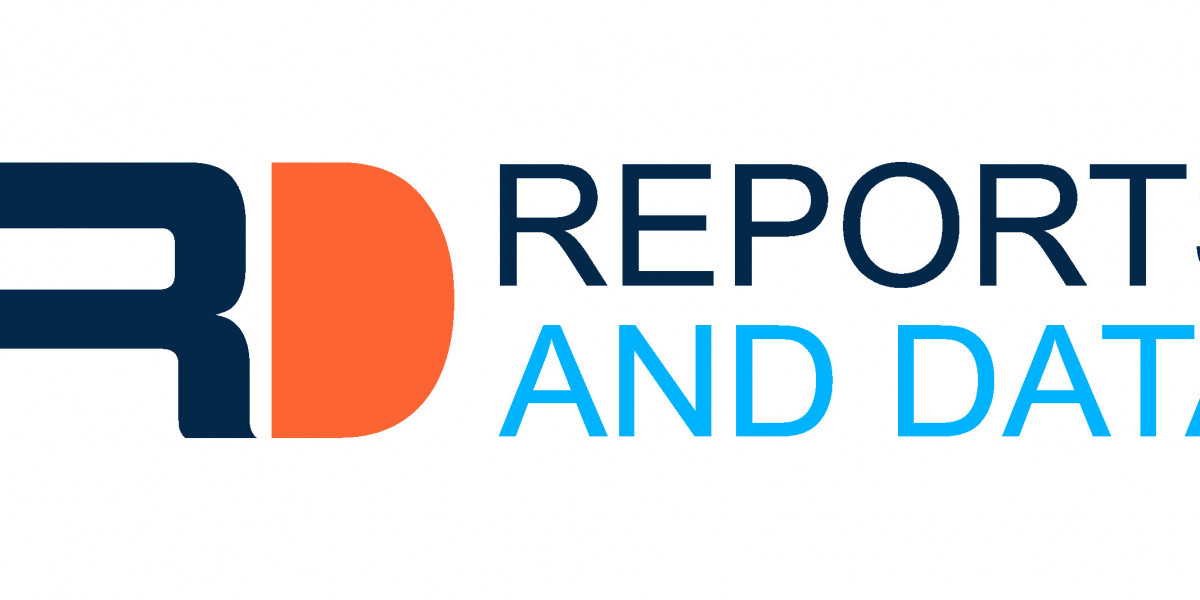In a world increasingly driven by renewable energy sources and technological advancements, the demand for high-purity polysilicon has never been higher. This essential material, pivotal in the production of solar cells and semiconductors, forms the backbone of the solar energy and electronics industries. Recognizing the critical importance of polysilicon, Procurement Resource has conducted a comprehensive cost analysis of the polysilicon production process, providing invaluable insights for businesses and stakeholders in this sector.
Request Free Sample - https://www.procurementresource.com/production-cost-report-store/polysilicon/request-sample
Procurement Resource Assessment of Polysilicon Production Process
Procurement Resource's meticulous assessment of the polysilicon production process encompasses every stage of production, from raw material acquisition to the final product. The analysis delves into the various methods of polysilicon production, including the Siemens process, the Fluidized Bed Reactor (FBR) process, and other emerging technologies. Each of these methods has been scrutinized for efficiency, cost-effectiveness, and scalability.
Siemens Process: This traditional and widely-used method involves the chemical vapor deposition (CVD) of trichlorosilane (TCS) onto silicon rods at high temperatures. The process yields high-purity polysilicon, essential for semiconductor and photovoltaic applications. However, it is energy-intensive and requires significant capital investment.
Fluidized Bed Reactor (FBR) Process: An alternative to the Siemens process, the FBR method offers a more energy-efficient and potentially lower-cost approach. In this process, silane gas decomposes in a fluidized bed of silicon seed particles, leading to the growth of polysilicon granules. This method is gaining traction due to its lower energy consumption and continuous production capabilities.
Emerging Technologies: Procurement Resource also explores emerging technologies in polysilicon production, including advancements in direct solidification and metallurgical-grade silicon purification. These innovations promise to reduce costs and environmental impact while maintaining high purity standards.
Product Chloride
Chlorine and its compounds play a crucial role in the polysilicon production process, particularly in the formation of trichlorosilane (TCS), the primary precursor for high-purity silicon. Chlorine’s reactivity facilitates the conversion of metallurgical-grade silicon into TCS, which can then be further refined into polysilicon. Understanding the chemical properties and handling requirements of chlorine and its derivatives is essential for optimizing production efficiency and ensuring safety.
Market Drivers
The polysilicon market is driven by several key factors:
Growing Demand for Solar Energy: With the global shift towards renewable energy, the solar industry is experiencing unprecedented growth. Polysilicon is a critical material in the manufacture of photovoltaic cells, making its demand directly proportional to the expansion of solar energy projects worldwide.
Technological Advancements in Electronics: The semiconductor industry relies heavily on high-purity polysilicon for the production of integrated circuits and microchips. As technology continues to advance and the demand for electronic devices increases, so does the need for polysilicon.
Government Incentives and Policies: Various governments are implementing policies and providing incentives to promote the use of renewable energy sources. These initiatives are boosting the solar industry, consequently driving the demand for polysilicon.
Environmental Concerns and Sustainability: The push for sustainable and environmentally friendly energy sources is encouraging the adoption of solar energy. Polysilicon, being a key component in solar panels, is benefiting from this trend.
Raw Materials Requirements
The production of polysilicon requires several critical raw materials:
Metallurgical-Grade Silicon: The primary raw material for polysilicon production, metallurgical-grade silicon, is derived from quartz. This silicon undergoes chemical reactions to produce high-purity polysilicon.
Chlorine and Hydrochloric Acid: Essential for converting metallurgical-grade silicon into trichlorosilane (TCS), these chemicals play a significant role in the polysilicon production process.
Hydrogen: Used in the reduction of TCS to produce polysilicon, hydrogen is a key reactant in the Siemens process.
Energy: The production of polysilicon is energy-intensive, particularly in the Siemens process, where high temperatures are required for chemical vapor deposition.
Costs and Key Process Information
The cost analysis of polysilicon production is multi-faceted, considering factors such as raw material costs, energy consumption, labor, equipment, and overheads. Here is a detailed breakdown of the key cost components:
Raw Material Costs: The procurement of metallurgical-grade silicon, chlorine, hydrochloric acid, and hydrogen constitutes a significant portion of the production costs. Fluctuations in the prices of these raw materials can impact the overall cost structure.
Energy Costs: The energy-intensive nature of the Siemens process makes electricity a major cost component. The FBR process, with its lower energy requirements, offers a cost advantage in this aspect.
Labor and Maintenance: Skilled labor is required to operate and maintain the production facilities. Regular maintenance of equipment, especially in high-temperature processes, adds to the operational costs.
Capital Investment: The initial setup of polysilicon production facilities involves substantial capital investment in equipment and infrastructure. Depreciation of these assets is factored into the cost analysis.
Waste Management and Environmental Compliance: The production of polysilicon generates by-products and waste materials that must be managed in compliance with environmental regulations. Costs associated with waste disposal and environmental safeguards are integral to the overall cost analysis.
Looking for an Exhaustive and Personalized Report?
Procurement Resource’s comprehensive report on the polysilicon production process with cost analysis provides detailed insights and actionable data that can significantly substantiate your business decisions. Whether you are looking to optimize your existing production processes, invest in new technologies, or gain a competitive edge in the polysilicon market, our report is tailored to meet your specific needs.
Our team of experts combines industry knowledge with meticulous research to deliver a report that covers all aspects of the polysilicon production process, including:
- Detailed process descriptions and flow diagrams.
- Cost breakdowns and analysis.
- Market trends and drivers.
- Raw material requirements and sourcing strategies.
- Environmental impact assessments.
- Technological advancements and innovations.
By leveraging the insights from our report, you can make informed decisions that enhance efficiency, reduce costs, and improve sustainability in your polysilicon production operations.
For an exhaustive and personalized report that aligns with your business objectives and helps you stay ahead in the competitive polysilicon market, look no further than Procurement Resource. Contact us today to learn more about how our expertise can benefit your business and drive your success in the ever-evolving polysilicon industry.








